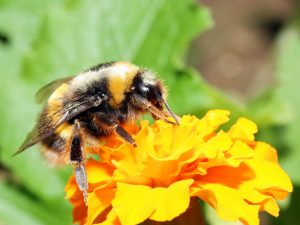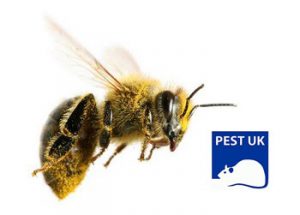Bees Nests
Bees Nests:
 Most of the calls we are getting at the moment are for bees. The warm weather had meant an influx of jobs, the majority of them being bees. For the first time this year we took over 25 jobs (yesterday) in a day.All of the wasp nest reported have been Mason Bees except for one customer who wanted some old wasp nests removed from their loft.
Most of the calls we are getting at the moment are for bees. The warm weather had meant an influx of jobs, the majority of them being bees. For the first time this year we took over 25 jobs (yesterday) in a day.All of the wasp nest reported have been Mason Bees except for one customer who wanted some old wasp nests removed from their loft.
Mason Bees are the first bees to nest, where as Bumble Bees follow the same life cycle as wasps (where the only fertile female is the Queen who lays all the eggs), with the Mason and a similar species the Mining Bee, all the females are fertile and all lay eggs. Both females will find a hole and expand it or fig a hole in the ground (as in the case of Mining Bees) or as the name suggests, in masonry or soft cement as does the Mason Bee. I have seen what appears to be extensive damage to mortar in houses where Mason Bees have made holes to lay eggs. They will only use very soft motor to do this and so will only use mortar that should be replaced anyway. The female bees lay an egg in the hole, pack it with pollen then seals the hole with mud. The grub hatches out eats the pollen and turns into an adult bee the cycle then continues. Mainly seen in the Spring but some years generations may appear into the late Summer.
The question people ask is: Can they sting? Mason and Mining Bees are equipped with a sting but I or any other pest controller I know has been stung by a Mason or Mining Bee.
Yesterday we also had 2 call outs for honey bees in chimneys. These nests are hard to deal with as we have to be careful of contaminating other bees if treated with an insecticide. We do this by using a non residual insecticide, blocking up holes after treatment (we have to be careful when doing this incase bees find there way inside a building) and checking there are no bee hives nearby.

